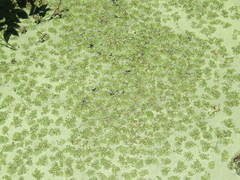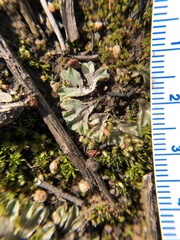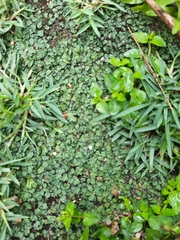Ricciocarpos: taxon details and analytics
- Domain
- Kingdom
- Plantae
- Phylum
- Marchantiophyta
- Class
- Marchantiopsida
- Order
- Marchantiales
- Family
- Ricciaceae
- Genus
- Ricciocarpos
- Species
- Scientific Name
- Ricciocarpos
Summary description from Wikipedia:
Ricciocarpos in languages:
- Chinese
- 浮蘚屬
- Czech
- nalžovka
- Dutch
- Kroosmos
- Estonian
- vesilehvikud
- Korean
- 은행이끼속
- Lithuanian
- Sklenduonis
- Polish
- wgłębik
Images from inaturalist.org observations:
We recommend you sign up for this excellent, free service.


















